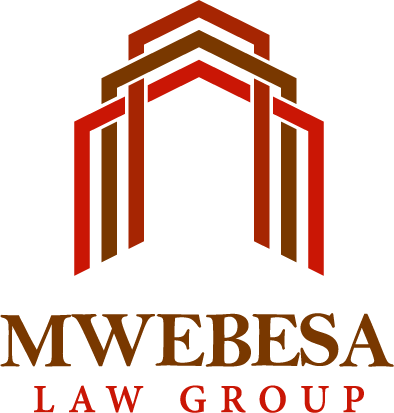Overview
The scourge of counterfeit goods is not confined to any one corner of the globe; it is a formidable challenge that confronts the entire world. Within this global context, Tanzania, like countless other nations, grapples with the pervasive issue of counterfeit products. In response to this pressing concern, Tanzania has enacted a comprehensive framework of anti-counterfeit laws. Foremost among these is the Merchandise Marks Act, Act No. 20 of 1963 (as amended from time to time), bolstered by subsidiary regulations the Merchan- dise Marks Regulation of 2008 and the Merchandise Marks (Amendments) Regulation of 2010. These laws play an instrumental role in fortifying the rights and interests of brand owners, businesses, manufacturers, and consumers alike in Tanzania mainland.
Key terms under the Merchandise Marks Act you need to know:
Counterfeit goods: means goods that are a result of counterfeiting, includes goods generally known as pirated goods and any other means used for counterfeiting.
False name or initials: means name or initials used on products without their permission, especially if it’s very similar to the name of a legitimate business person selling similar goods. It could be a made-up name or the name of someone who isn’t genuinely involved in selling those good
Trade descriptions: These are statements or indications about goods that tell you things like how many there are, how good they are, where they were made, or what they’re made of. If a word, figure, or mark is commonly understood in the trade to mean something about the goods, it’s considered a trade description.
Trademark: This is a visible sign (like a symbol or logo) that’s used to distinguish one person’s goods or services from another’s in business. It helps customers identify and choose what they want to buy.
ANTI – COUNTERFIT (Episode 01)
False trade description: This is a trade description about goods that isn’t true and could mislead people. It includes any changes to a trade description, even if you add or erase something, if that change makes the description untrue in an important way. Even if a trade description is also a trademark, it can still be false if it’s misleading.
Forged trade mark: This is a copied or altered trademark that’s used without the owner’s permission, with the aim of tricking people. It can be an exact copy of the original trademark or something very similar that might confuse people. Even if a real trademark is changed in a way that makes it misleading, it’s still considered forged. Basically, it’s any mark that’s used to deceive, without authorization.
Protected goods: Products that contain or are based on the subject matter of an Intellectual Property right (IP), which can only be used with permission of the owner or authority. It also encompasses products that have not yet been created but could potentially incorporate the subject matter of an IP right with the owner’s permission.
Join us in our next episode as we dive deeper into the intricacies of anti-counterfeit laws in Tanzania, as we will be unraveling the restrictions imposed by the law.

